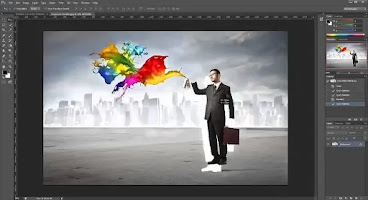
How can I practice graphic design at home? Practicing graphic design at home is a great way to hone your skills and build a strong foundation. Here are some effective ways to practice graphic design from the comfort of your home: Create Personal Projects Choose projects that interest you and align with your goals. This could be designing logos, posters, social media graphics , or even fictional branding materials. Personal projects allow you to experiment and learn without the pressure of client expectations. Follow Online Tutorials There are countless tutorials available online for various design techniques and software tools. Platforms like YouTube, Skillshare, and Udemy offer tutorials ranging from beginner to advanced levels. Redesign Existing Designs Take existing designs, such as book covers, movie posters, or website layouts, and challenge yourself to redesign them using your creativity and design skills. Daily Design Challenges Participate in daily design challenges, where



